Update (December 14, 2018):
FDA commissioner Scott Gottlieb has announced four new guidance documents that will help drive down the prices of biologics like insulin. The high cost of these life-saving medications has been criticized over the last few years.
“The new pathway we’re laying out today should help usher in a new era of competition for these products that’ll lead to lower prices and better access. Change won’t happen overnight. But we’ve crafted this policy to meet the needs of patients. It’s an opportunity that can’t come soon enough for the thousands of Americans who struggle to pay for insulin,” said Dr. Gottlieb.
Dr. Gottlieb’s full remarks were made at FDA CMS Summit.
Originally published December 7, 2018:
Over 30 million people in the US were living with diabetes as of 2015, according to the Centers for Disease Control and Prevention (CDC). Individuals with type 1 diabetes rely to some degree on insulin, the hormone that is essential for managing blood glucose levels. For pharma companies, insulin manufacturing and distribution continues to be a lucrative business.
When Eli Lilly’s fast-acting insulin, Humalog (insulin lispro), was introduced in 1996, it cost $21 per vial. According to InsiderRx, Humalog U-100 will cost you around $178 at CVS today. Without insurance, this figure might just be a low estimate.
High cost plays a significant role in medication nonadherence, which can have devastating consequences for patients. A new study from Yale University published in JAMA found that the high cost of insulin underscores insulin underuse.
One quarter of participants in the New Haven, Connecticut survey reported changing insulin medication, rationing their dose, or skipping insulin medication altogether due to high cost. Those who underused insulin were more likely to report lower incomes and were more likely to report poor glycemic control. Moreover, nearly 40 percent of people experiencing financial difficulty did not discuss their cost issues with their clinicians.
“The data we collected speak loud and clear to the fact that cost is a huge barrier to insulin accessibility,” said Pavithra Vijayakumar, co-first author and Yale medical student. “I hope this spurs more action to help patients afford this life-sustaining medication.”
What is driving up the cost of insulin? Today, almost all insulin sold in the US is manufactured by Eli Lilly, Sanofi-Aventis, and Novo Nordisk. A lawsuit in 2017 exposed a price-hiking scheme which increased prices for consumers while cost of production remained low, ensuring high profits for insulin manufacturers. Since “generic insulin” does not exist, there are virtually no chances of accessing cheaper alternatives.
Insulin administration is a critical part of diabetes management. Underuse not only has negative health effects for the patients, but can further drive healthcare costs that already exceed $300 billion, according to the CDC. This study highlights the need for stakeholders to find a quick solution to this growing problem.

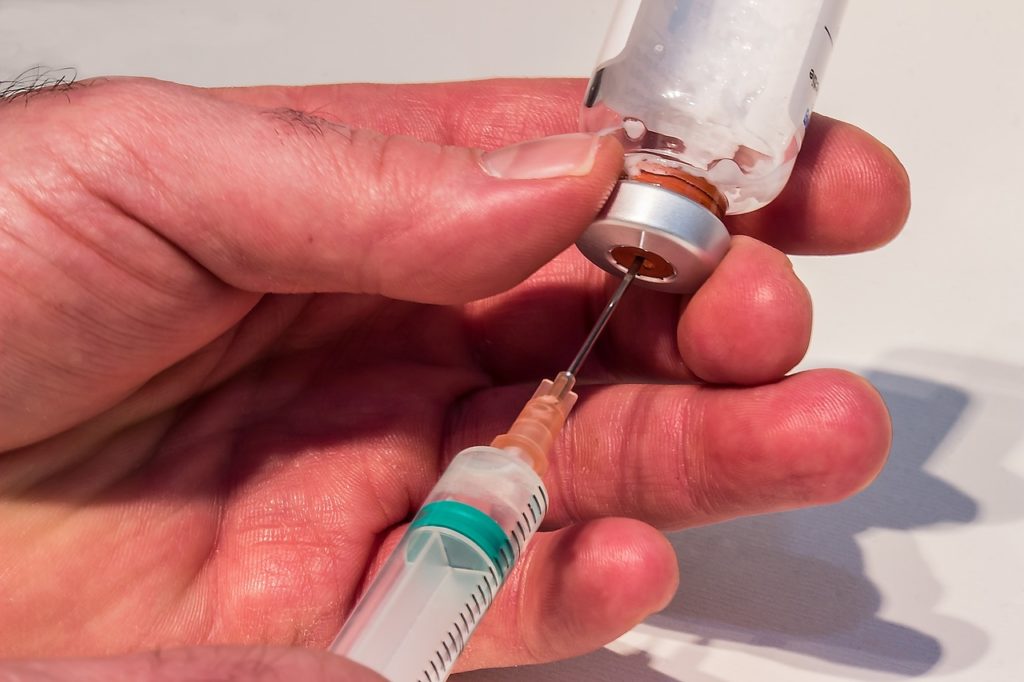


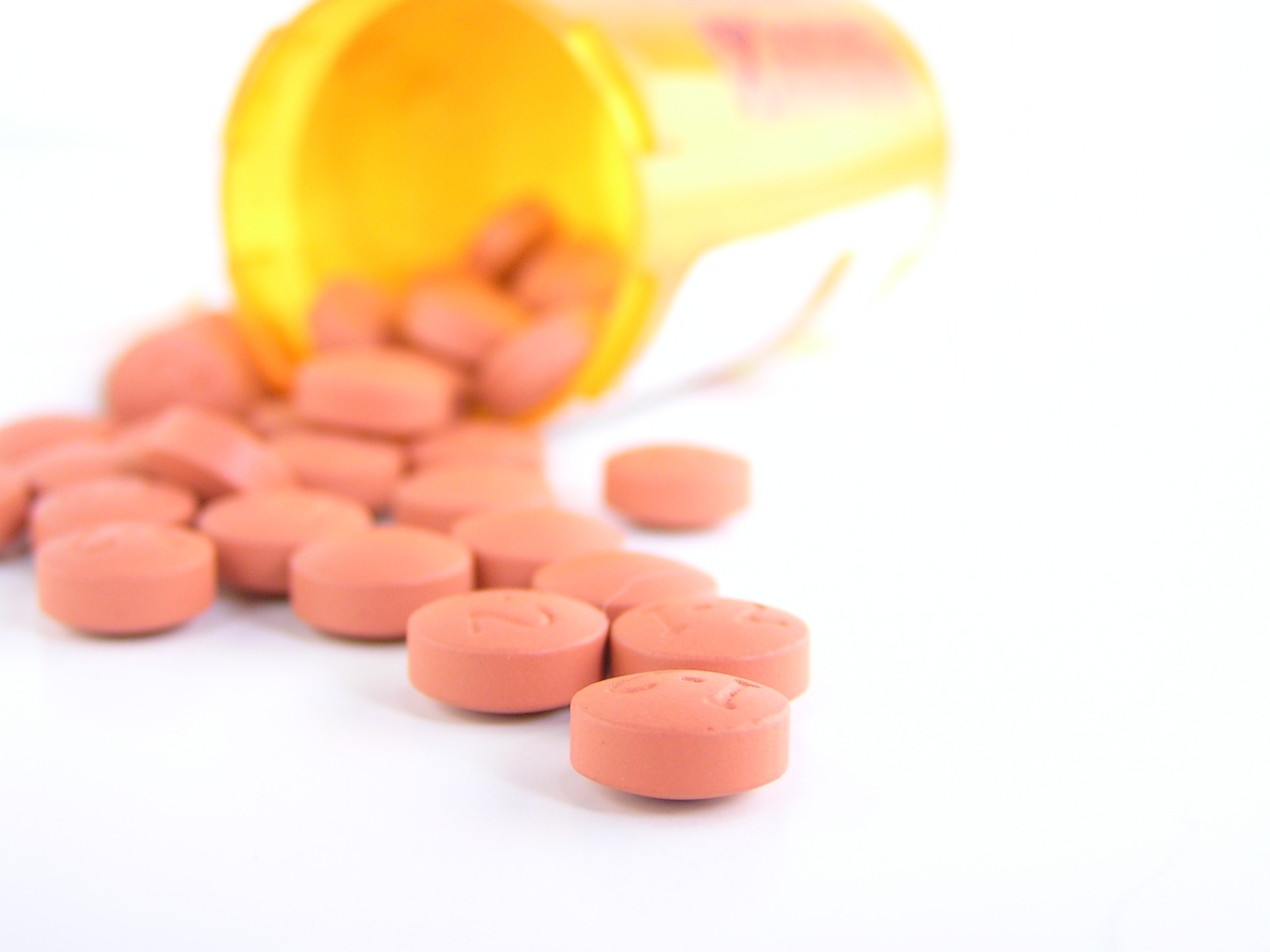
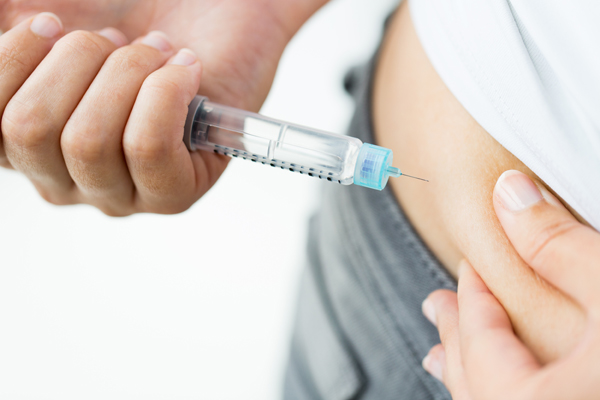
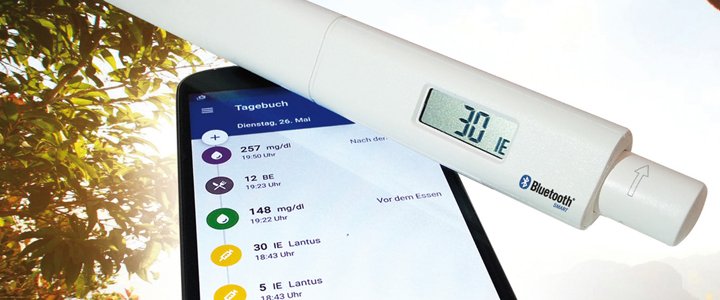


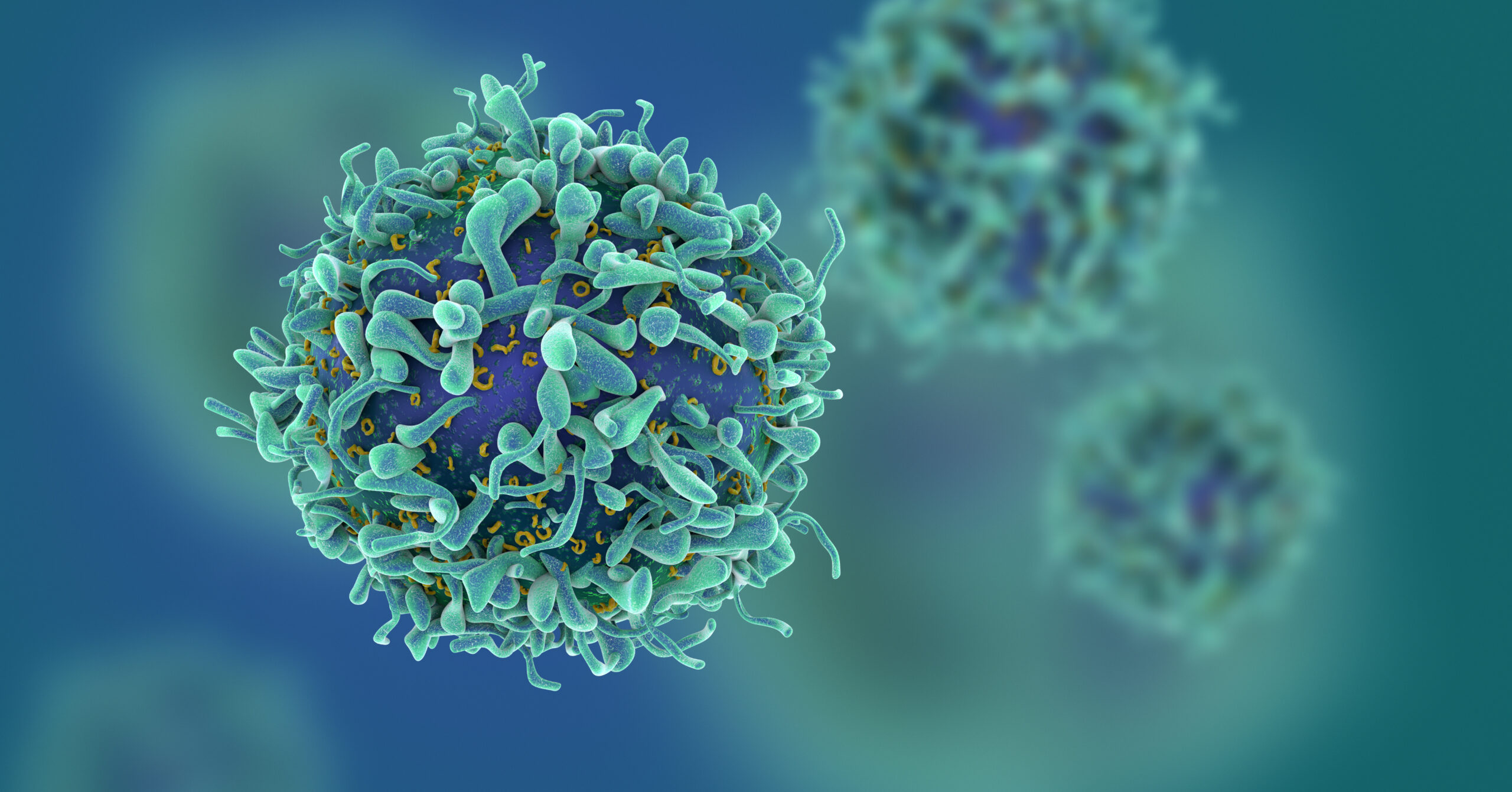
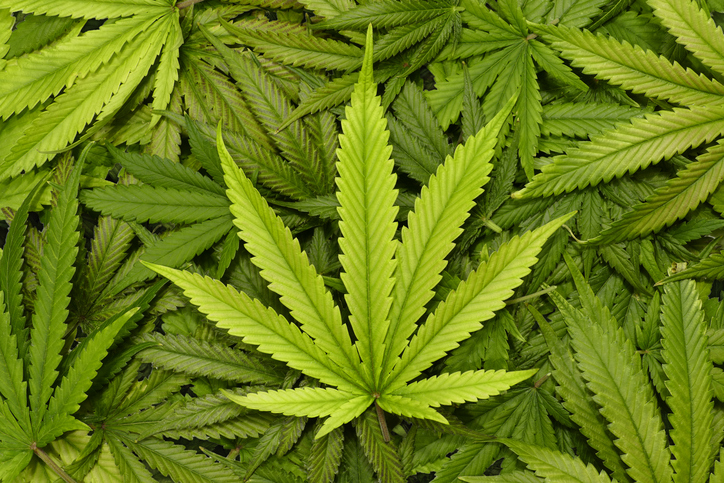

Join or login to leave a comment
JOIN LOGIN